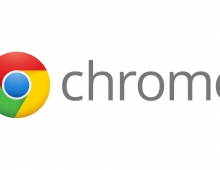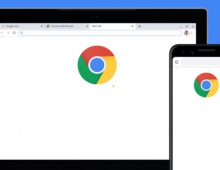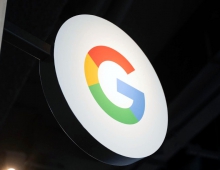
Google Chrome to Get Ad Blocker Next Year
Google will introduce an ad blocker to the Chrome web browser early next year. The feature will work on both desktop and mobile and will still allow ads to be displayed on pages that meet the right requirements.
The vast majority of online content creators fund their work with advertising, and Google is also enjoys significant profits from its ad networks. The new feature will block ads that do not comply with the guidelines released by the "Coalition for Better Ads" group, which includes Google, Facebook, News Corp, and The Washington Post as members.
These guidelines reject annoying ads--like pop-up ads, auto-play video ads with sound, prestitial ads with countdown and large sticky ads.
For the mobile web environment, the following types of ad experiences fall beneath the Better Ads Standard: pop-up ads, prestitial ads, ads with density greater than 30%, flashing animated ads, auto-play video ads with sound, poststitial ads with countdown, full-screen scrollover ads, and large sticky ads.
Google is offering Funding Choices to help publishers with good ad experiences get paid for their work. Publishers can show a customized message to visitors using an ad blocker, inviting them to either enable ads on their site, or pay for a pass that removes all ads on that site through the new Google Contributor.
Funding Choices is available to publishers in North America, U.K., Germany, Australia and New Zealand and will be rolling out in other countries later this year.
Chrome already prevents pop-ups in new tabs based on the fact that they are annoying. In dialogue with the Coalition and other industry groups, Google plans to have Chrome stop showing ads (including those owned or served by Google) on websites that are not compliant with the Better Ads Standards starting in early 2018.
By implementing this kind of ad filtering, Google hopes to limit the spread of wholesale ad blocking, which ultimately benefits everyone. Users get a better web experience. And publishers get to continue using the ad model that's served the web well for decades.





















